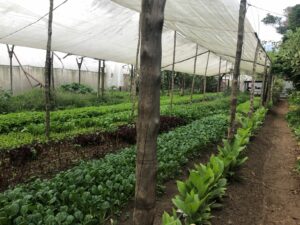
It’s happened again – Romaine lettuce grown and harvested in Salinas, California is getting people sick from foodborne illness caused by E. coli bacteria contamination. As of right before Thanksgiving on November 26, the CDC reported that 67 cases had been reported in 19 states, leading to 39 hospitalizations, but fortunately no deaths. A nationwide recall of Romaine lettuce grown in this region is in force. Sound familiar? That’s probably because less than a year ago, there was an outbreak caused by the same bacteria which was also associated with Romaine lettuce grown in the same region of California.
What is E. coli infection like?
- People usually get sick from Shiga toxin-producing E. coli (STEC) 2 to 8 days (average of 3 to 4 days) after swallowing the germ.
- Some people with E. coli infections may get a type of kidney failure called hemolytic uremic syndrome (HUS).
- E. coli infection is usually diagnosed by testing a stool sample.
- Antibiotics are not recommended for patients with suspected E. coli infections until diagnostic testing can be performed and E. coli infection is ruled out. Some studies have shown that administering antibiotics to patients with E. coli infections might increase their risk of developing HUS, and a benefit of treatment has not been clearly demonstrated.
For the latest information on the outbreak, check the CDC website at: https://www.cdc.gov/ecoli/2019/o157h7-11-19/index.html
